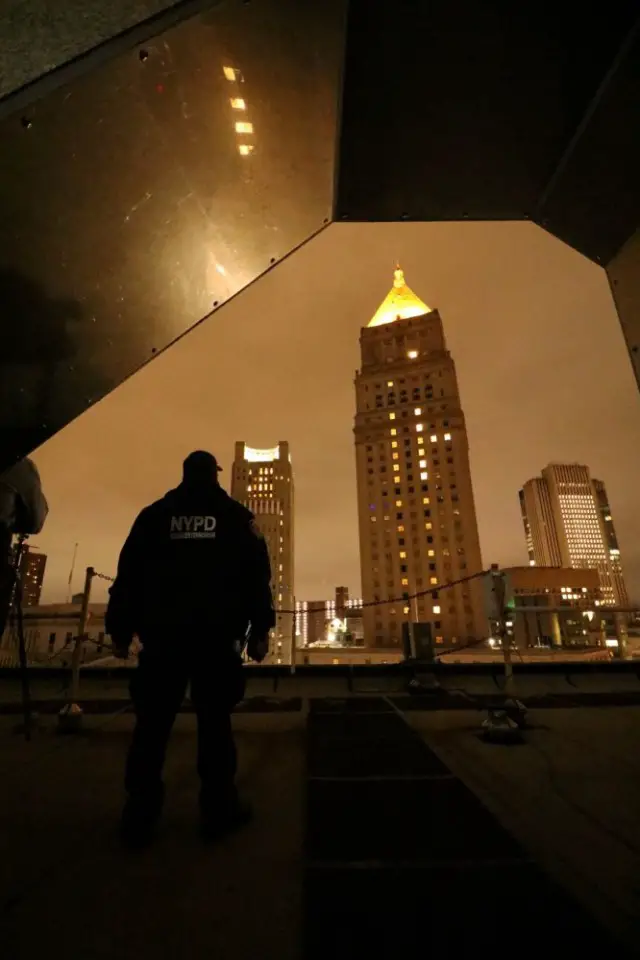Forty-nine drones zoomed past Manhattan skyscrapers performing complex maneuvers on an October weekend last year as part of a joint New York Police Department (NYPD) and US Army trial to counter future drone threats.
The aim was to detect, track, identify, and classify small unmanned aircraft systems (UAS) in a dense urban environment, the US Army said in a statement.
The exercise, on the streets near Foley Square, involved dozens of antennas mounted on buildings and vehicles while dozens of personnel on a nearby rooftop monitored LED screens.
The sensors were designed to find the drones either through radar or by detecting the signals emitted during communications between the aircraft and their pilots. Five different sensor systems were tested.
NYC Presents Perfect Challenges
New York City was chosen as it presents a complicated environment with tall buildings and a dense population with cell phones, TVs, and radios all emitting radio frequency (RF) signals acting as obstacles to drone detection.
The exercise was made even more challenging for sensor operators by not disclosing the flight paths, launch locations, and the number of drones being deployed. The operators didn’t even have the freedom to choose where to place their equipment.
Additionally, the drones selected for the exercise were all of different sizes and in frequencies and waveforms used in communications between the aircraft and controller.
Data To Be Studied
The challenge posed by the various types of urban interference was expected, said Robert Hesse from the Combat Capabilities Development Command (DEVCOM) Armaments Center. Consequently, the sensor providers did not come to pass, fail, win, or lose but to learn.
Even the drone operators acknowledged the difficulty they faced while flying the aircraft through New York. “The buildings created wind tunnels, and they interfered with GPS signals. The metal in the buildings created compass errors that meant extra calibration for us,” said Ron Slater from the DEVCOM C5ISR Center.
However, the US Army is hopeful of gaining useful insights from the experiment once they are able to study the data gathered from the aircraft.
Initial Assessment Of Radar Systems
The initial assessment of the experiment is that the radar systems employed to capture signals from the UAS performed worse than the system detecting RF signatures.
“The radar types seemed to have a bigger challenge operating in the dense urban environment compared to the RF signature types, which seemed to have a better result in capturing what they were looking for,” said Master Sgt. Matthew Gogas, Capability Developer for unmanned systems, 75th Ranger Regiment.
The radar systems, the assessors said, found it difficult to detect UAS that blended in with background clutter. It was also harder to detect UAS when they stopped moving.
Defeating the drone threat in urban environments will remain a work in progress, said Gogas. “It’s going to take an approach of different technologies layered on top of each other to truly capture all the potential threats that are out there.”












